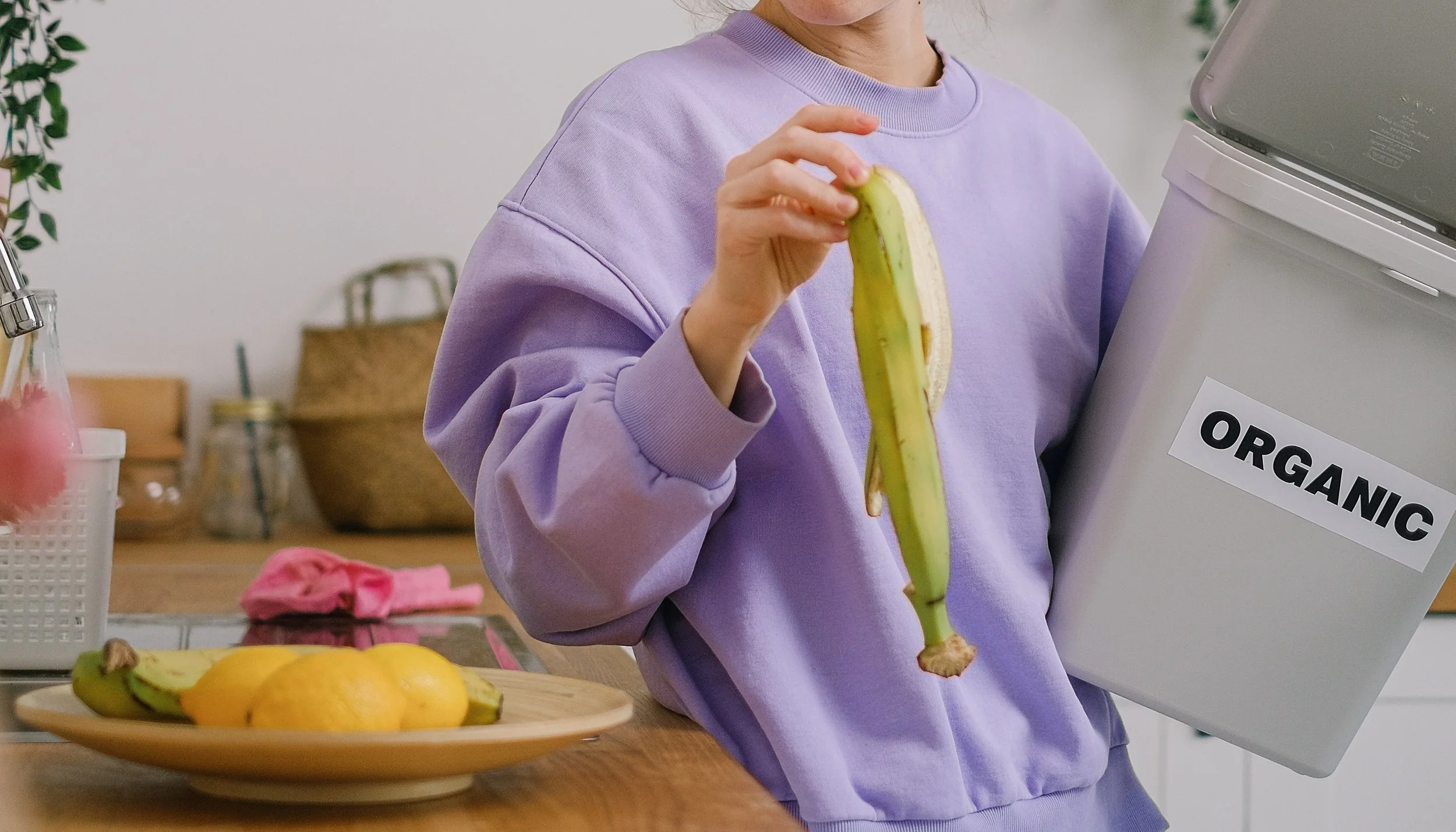How to Start an Indoor Compost
Save items from going to the landfill by composting your kitchen scraps indoors this winter and turning them into gardening soil for yourself or your community. Indoor composting can be done by anyone and is an easy way to reduce waste.
Composting is a simple way to reduce food waste.
Where to Compost Indoors:
Plastic buckets are inexpensive and offered in a variety of sizes.
Porcelain container can be more expensive than a bucket but more attractive.
Stainless steel buckets are stain and odor resistant.
Whatever you use to compost, be sure that it has aeration holes.
Composting Tips:
Avoid a soggy compost bin by adding shredded paper or dry leaves every time you add food scraps or coffee grounds.
Use a hand trowel to turn the contents of your bin to keep it warm and increase microbial action.
Chop your food scraps into small pieces to speed up the breakdown process.
What to Compost:
There are two types of organic materials you can put in your indoor compost bin – green and brown. Green organic material is high in nitrogen and is considered ‘wet.’ Brown organic material is considered ‘dry’ and is high in carbon. It is important to keep a balance of 50% green and 50% brown material.
Vegetable waste
Fruit waste
Freezer burned fruit and veggies
Old spices
Stale chips
Nut shells
Organic fruit rinds and peels
Egg shells
Coffee grounds
Coffee filters
Tea bags
Cooked rice
Paper napkins
Paper towels
Seedless weeds
Leaves
Grass clippings
Wood chips
Sawdust
Shredded paper
Houseplant trimmings
What NOT to Compost:
Cooked waste that may mold
Meat
Cheese
Gravy
Butter
Moldy bread
Oil
Fish
Wet grass
Ashes
Animal waste
Ready, set, wait!
Sometimes your compost bin can be full before it is ready to use. If you are waiting for a full compost bin to process but have kitchen scraps you don’t want to waste, you can:
Start another compost bin
Refrigerate or freeze kitchen scraps to make vegetable stock or “garbage soup.”
Feed food scraps to chickens
The Finished Product:
It can take anywhere from 14 days to 12 months to produce finished compost. The time it takes to process can vary depending on the materials and methods you use. Compost is generally ready when it is dark, crumbly and mostly broken down with an earthy, soil-like smell. If your compost bin is full of a finished product, you can use your compost for:
House Plants
Soil fertilizer
Flower, fruit, or vegetable garden
New planting areas
Lawn top dressing
You can now pat yourself on the back! You have contributed to the soil and avoided adding to a landfill. Your healthy house plants, flowers, vegetables, and trees will thank you!
